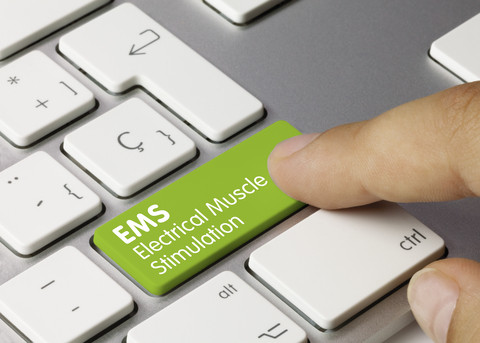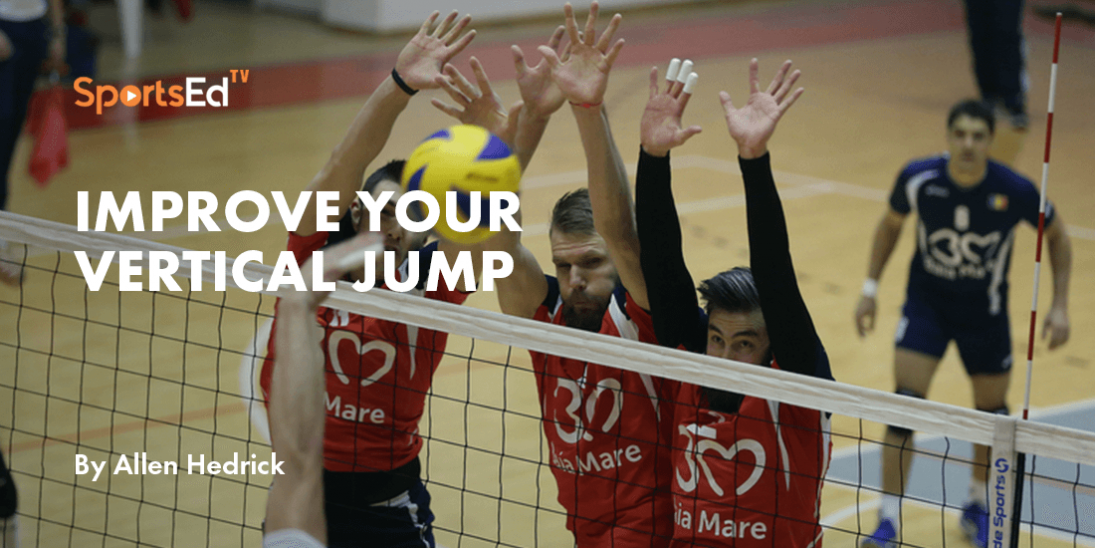Basketball, Strength And Conditioning
Welcome and thanks for visiting...

The Benefits of Electrical Muscle Stimulation (EMS) Training in Basketball

In the highly competitive basketball world, athletes constantly seek methods to enhance their performance. Traditional training methods, while effective, can be significantly bolstered by innovative techniques such as Electrical Muscle Stimulation (EMS). EMS utilizes electrical impulses to stimulate muscle contractions, improving muscle strength, endurance, and overall athletic performance. This article explores the benefits of EMS training for basketball players, highlighting the parallels between these benefits and those observed in traditional training methods. Insights are drawn from a comprehensive study by Maffiuletti et al., which investigated the effects of a 4-week EMS training program on muscle strength and vertical jump performance in basketball players.
Understanding EMS Training
Electrical Muscle Stimulation (EMS) is a technique that uses electrical impulses to induce muscle contractions. These impulses mimic the action potentials coming from the central nervous system, causing the muscles to contract. EMS can target specific muscle groups and provide a focused, intense workout that enhances muscle strength and endurance. In sports, EMS is used not only for performance enhancement but also for rehabilitation and muscle recovery.
The Study: An Overview
The study by Maffiuletti et al. aimed to explore the impact of EMS training on basketball players' knee extensor strength and vertical jump performance. Twenty male basketball players competing in Division 2 of the French Basketball Federation League participated in the study. They were randomly divided into two groups: an electrostimulated (ES) group and a control (C) group. Both groups engaged in regular basketball training sessions, but the ES group received additional EMS training over four weeks.
Study Design and Methods
- Subjects: The participants were 20 male basketball players, aged around 24.7 years, with significant basketball training experience but no prior EMS or systematic strength training experience.
- EMS Training Protocol: The EMS training involved three sessions per week, with each session lasting 16 minutes. During these sessions, the vastus medialis and vastus lateralis muscles were stimulated using a Compex-2 stimulator. The intensity was adjusted to achieve 80% of the participants’ pre-test maximal voluntary contraction (MVC).
- Standardized Basketball Training: All participants engaged in regular basketball practice sessions, which included warm-ups, skill drills, and recovery periods.
- Strength and Performance Testing: Strength and vertical jump performance were measured before the EMS training, immediately after the 4-week program, and again after an additional 4 weeks of basketball training.
Key Benefits of EMS Training in Basketball
Enhanced Muscle Strength
EMS training significantly enhances muscle strength, particularly in the knee extensors, which are crucial for basketball players. The study by Maffiuletti et al. demonstrated that a 4-week EMS program led to a 29% increase in eccentric strength and a 37% increase in high-velocity concentric strength. These gains are essential for improving performance in explosive movements, such as jumping and sprinting, that are pivotal in basketball.
Improved Vertical Jump Performance
Vertical jump ability is vital in basketball for activities such as rebounding, shot-blocking, and scoring. The study found that squat jump (SJ) performance increased by 14% after the EMS training period. This improvement highlights the effectiveness of EMS in enhancing the explosive power required for these critical basketball movements. Although the countermovement jump (CMJ) performance did not show immediate improvement post-EMS training, it increased significantly by 17% after an additional 4 weeks of regular basketball training. This delayed enhancement suggests that EMS provides a foundational strength that, when complemented with traditional training, results in significant performance gains.

Targeted Muscle Activation
EMS training allows for precise targeting of specific muscle groups. The study focused on the vastus medialis and vastus lateralis muscles, leading to significant strength gains in these areas. This targeted approach ensures that key muscle groups used in basketball are effectively trained, enhancing overall performance. The ability to specifically strengthen the knee extensors is particularly beneficial for basketball players, as these muscles are heavily utilized during jumps and rapid movements on the court.
Maintenance of Performance Gains
One of the notable findings of the study was that the strength gains achieved through EMS training were maintained even after participants returned to regular basketball practice. This suggests that EMS can provide a lasting impact on muscle strength, making it an excellent tool for off-season training. The ability to maintain performance gains over time is crucial for athletes, as it ensures sustained improvement and reduces the likelihood of performance decline during the season.
Complementary to Traditional Training
EMS training can be seamlessly integrated into traditional basketball training routines. In the study, athletes in the EMS group participated in both EMS sessions and regular basketball practice, demonstrating that EMS can complement and enhance the effects of standard training without causing interference. This integration allows for a more comprehensive training approach, combining the benefits of both traditional and innovative techniques to maximize performance.
Rehabilitation and Recovery
EMS can also be beneficial for players recovering from injuries. By allowing for muscle strengthening without placing undue stress on joints and tendons, EMS can aid in rehabilitation and help athletes return to their peak condition more quickly. This makes EMS a versatile tool not only for performance enhancement but also for maintaining overall muscle health and supporting recovery processes.
Practical Implications for Basketball Players
For basketball players and coaches looking to optimize performance, incorporating EMS training offers several practical benefits:
- Pre-Season Preparation: EMS can be used pre-season to build a strong foundation of muscle strength, ensuring players are in peak condition as the season begins. This preparatory phase is crucial for setting the stage for a successful season, as it enhances the players’ physical capabilities and reduces the risk of injuries.
- In-Season Maintenance: Regular EMS sessions can help maintain the muscle strength gains achieved during the pre-season, reducing the risk of performance decline throughout the season. This maintenance phase is essential for sustaining high-performance levels and ensuring that athletes remain competitive throughout the season.
- Rehabilitation and Recovery: EMS can also benefit players recovering from injuries, as it allows for muscle strengthening without placing undue stress on joints and tendons. Incorporating EMS into rehabilitation protocols can accelerate recovery times and ensure that players return to play stronger and more resilient.
The study by Maffiuletti et al. underscores the significant benefits of EMS training for basketball players, highlighting improvements in muscle strength and vertical jump performance. By integrating EMS into their training regimens, basketball players can achieve substantial gains in strength and power, leading to enhanced on-court performance. Whether used for pre-season preparation, in-season maintenance, or rehabilitation, EMS training is a valuable tool for any basketball athlete aiming to reach their full potential.
EMS training represents a powerful adjunct to traditional training methods, providing targeted muscle activation, sustained performance gains, and enhanced recovery. As the field of sports science continues to evolve, the incorporation of innovative techniques like EMS will be instrumental in pushing the boundaries of athletic performance. Basketball players and coaches should consider embracing EMS training to unlock new levels of strength, agility, and overall athletic excellence.
By understanding and applying the principles of EMS training, basketball players can not only enhance their immediate performance but also build a robust foundation for long-term athletic success. The integration of EMS with traditional training methods ensures a holistic approach to athlete development, maximizing the benefits of both techniques. This comprehensive strategy will help athletes achieve peak performance and maintain their competitive edge throughout their careers.
Feel free to contact me here
See my other articles on EMS Training
How EMS Can Transform Your Fitness Routine
Elevate Your Tennis Game with EMS Training
The Untapped Power of EMS Training for Golf
Boost Your Pickleball Game with EMS
EMS for seniors: A youthful approach to fitness









